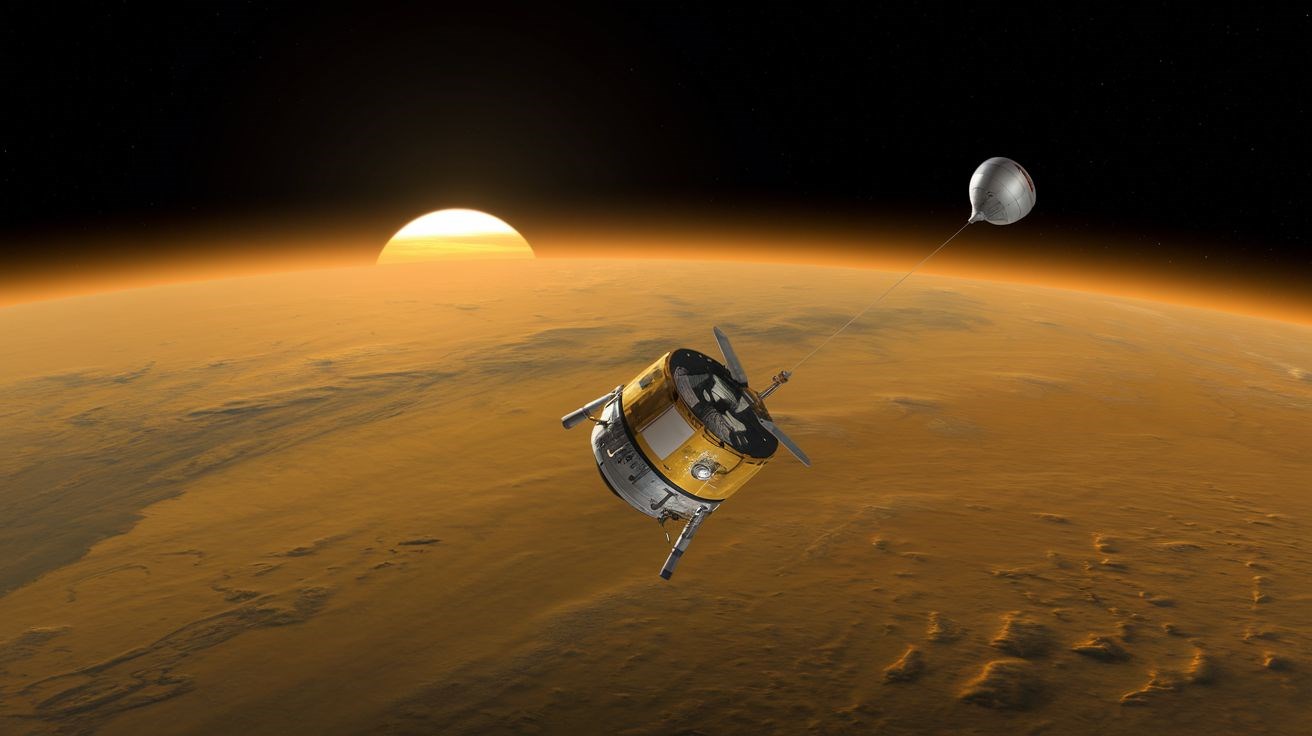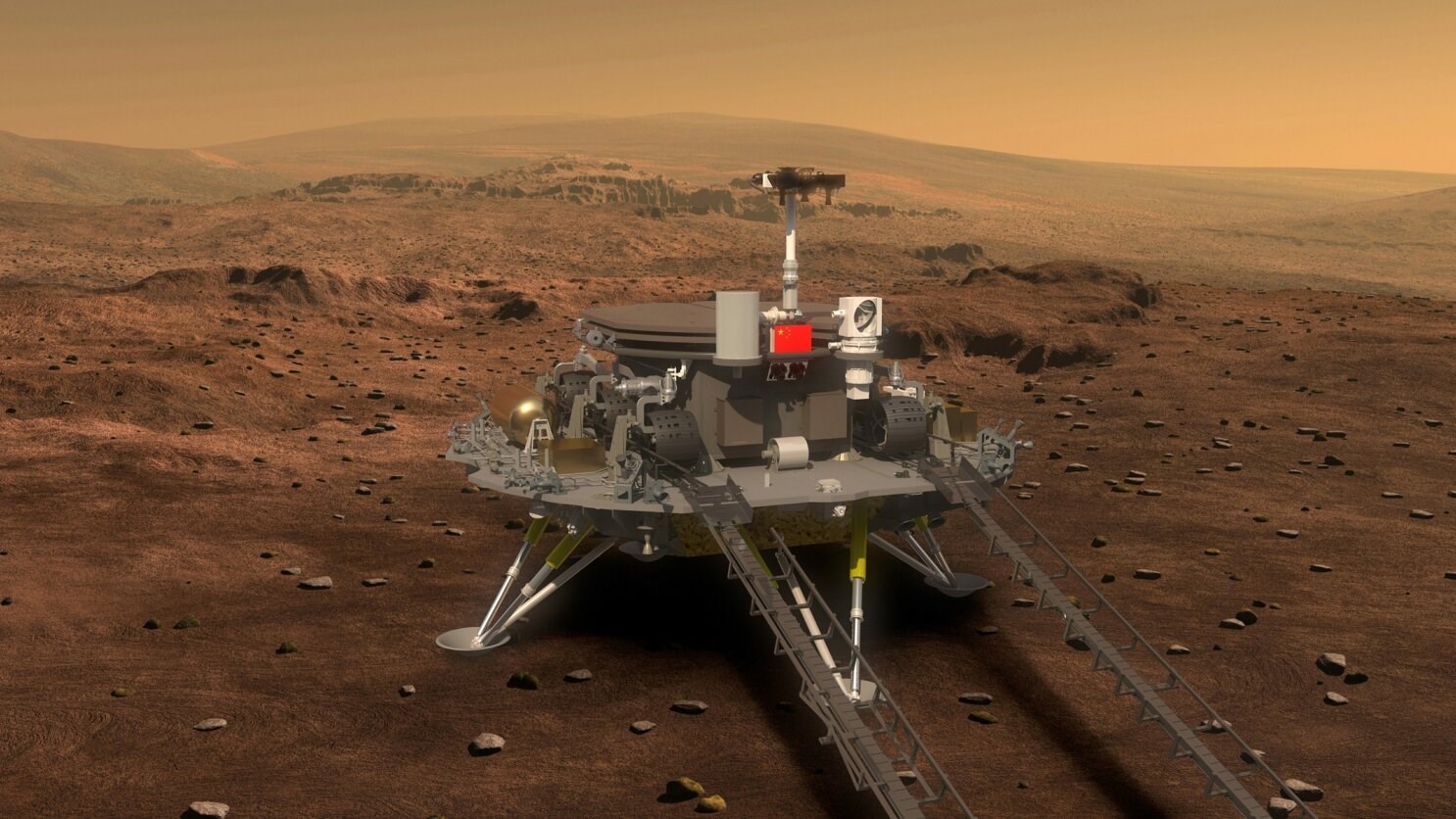 China raises the bar in deep space research. The Deep Space Discovery Laboratory of the Chinese National Space Administration (CNSA) announced a comprehensive exploration road map focusing on the search for livableness of planets and the search for extraterrestrial life. This plan includes ambitious tasks from Mars to Neptune and reveals China’s long -term strategy for scientific discoveries in space.
China raises the bar in deep space research. The Deep Space Discovery Laboratory of the Chinese National Space Administration (CNSA) announced a comprehensive exploration road map focusing on the search for livableness of planets and the search for extraterrestrial life. This plan includes ambitious tasks from Mars to Neptune and reveals China’s long -term strategy for scientific discoveries in space.Racing from Mars to Earth
The closest task on the roadmap is Tianwen-3, which is planned to be launched in 2028. With this task, China aims to bring rock and soil samples from the surface of Mars to the Earth. One of the main objectives of the task is to investigate whether there are traces of life on the Red Planet in the past or today. This project is considered a direct rival to similar sample collection activities by the US and the European Space Agency (ESA).
Jupiter, Callisto and Neptune Discoveries
The next step is the Tianwen-4 mission, which is planned to be launched in 2029. Within the scope of this task, a spacecraft will be sent to the Jupiter system and the fourth largest satellite of the giant planet will enter the orbit of Callisto. Callistotle attracts the attention of scientists with low radiation levels and under -surface ocean potential.
Another important project that China plans to implement around 2030 is to develop planetary living space simulation device. This device aims to imitate long -term human space tasks in the world.
 By 2033, China aims to launch a new task to collect examples from the Venus atmosphere. This task will investigate possible biological marks in the planet’s extremely hot and dense atmosphere.
By 2033, China aims to launch a new task to collect examples from the Venus atmosphere. This task will investigate possible biological marks in the planet’s extremely hot and dense atmosphere.China also plans to establish an autonomous Mars research station in 2038. This base will be used to examine on -site resource use and the environmental and biological conditions of Mars in the long run. However, no information has been shared as to whether this facility would be managed. China is also planning the International Moon Research Station (IRS), which will be initially robotic and will be built using a number of launching.
One of China’s most ambitious projects is to send a reconnaissance vehicle to Neptune around 2039 and its biggest satellite Triton. This task aims to investigate Neptune’s rings, atmosphere and Triton’s Ice Ocean. However, this deep space task requires a tool of discovery that works with nuclear energy.
In addition, China is planning to launch the other -2.0 Offer observation, which he calls the Earth 2.0 in 2028. This project aims to explore a world -like planet.
- 2028: Tianwen-3 mission to collect examples from the land and rocks of Mars and bring them back to Earth,
- 2029: Tianwen-4 mission to explore Jupiter and his satellite Callisto,
- 2030: Developing a large, ground -based habitat to simulate long -term manned space flight,
- 2033: A task that will bring back examples from the atmosphere of Venus to Earth,
- 2038: Establishing an autonomous Mars research station to examine on -site resource use,
- 2039: Neptune and the largest satellite Triton, a sub -surface explorer for the ocean.